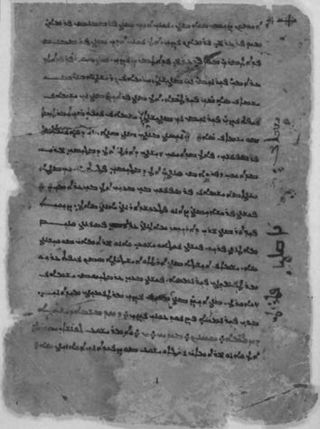Top Qs
Timeline
Chat
Perspective
Bulayïq
Archaeological site in China From Wikipedia, the free encyclopedia
Remove ads
Bulayïq (traditional Chinese: 葡萄溝; simplified Chinese: 葡萄沟; pinyin: Pútáogōu) is a locality and archaeological site in central Xinjiang province in western China. It is located 10 kilometres (6 mi) north of Turpan city in the foothills of the Tien-shan Mountains.[1] It is also known as Bīlayuq.[2]

The site is located in the arid Tapin basin. The remains there include a tell with mud brick ruins protruding from the desert sands. The ruins were excavated in 1905 by a German team led by Albert von Le Coq.[3][4][5]
Among the ruins was found a monastic library, where a trove of ancient manuscripts in various Iranian languages were found.[6] The texts show the influence of Orthodox and Nestorian Churches. Almost all known Christian religious texts in the ancient Sogdian language are from the Bīlayuq library.[7] The texts show the development and spread of Christianity in Central Asia.[8]
Remove ads
See also
References
Wikiwand - on
Seamless Wikipedia browsing. On steroids.
Remove ads
